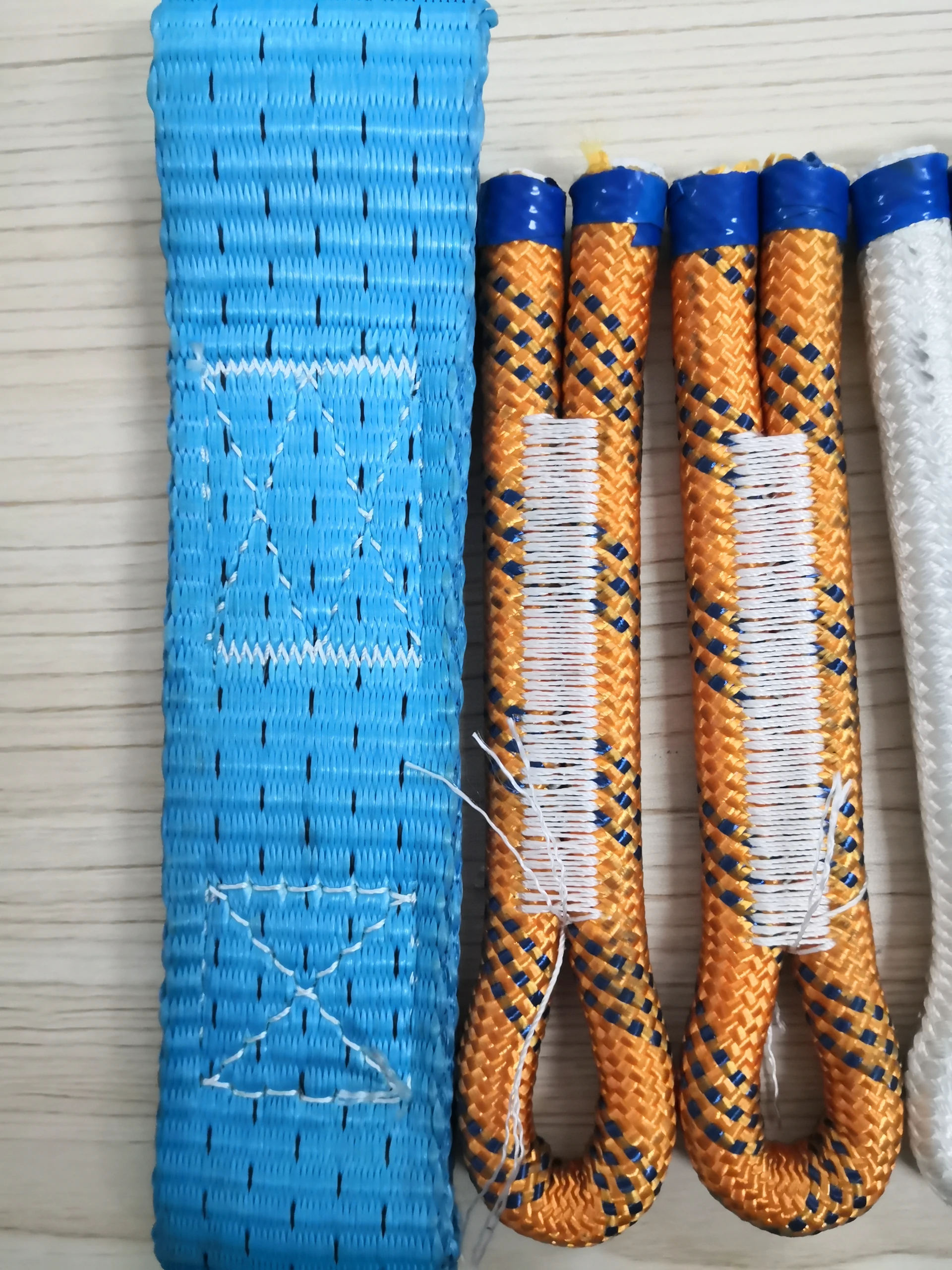Single Needle Stitch Techniques - Precision Sewing for Custom Designs
The Art of Single Needle Stitching
Single needle stitching is a timeless technique that remains a cornerstone in the world of sewing and garment construction. Unlike its multi-needle counterparts, the single needle stitch is recognized for its precision, versatility, and ability to produce high-quality seams with a professional finish. This article explores the importance, applications, and techniques associated with single needle stitching.
At its core, single needle stitching employs a solitary needle to create stitches, typically using a lockstitch mechanism. This method ensures that the fabric is held together securely while allowing for a clean and polished appearance. One of the primary advantages of single needle stitching is its adaptability to a wide variety of fabrics, from lightweight silks to heavier denim. This versatility means that whether you're designing a delicate evening gown or a durable pair of jeans, single needle stitches can deliver the functionality and aesthetic required.
One of the most appealing aspects of single needle stitching is its ability to achieve intricate and detailed work
. Because it uses a single needle, this technique allows for more precise control over the stitching process, enabling artisans to create delicate embellishments, intricate patterns, and complex seam placements. This level of detail is particularly valued in high-end fashion, where the quality of construction can significantly impact the overall garment appeal.single needle stitch

In addition to its aesthetic benefits, single needle stitching is considered a mark of craftsmanship. Garments produced with this technique tend to have a neater finish, as the stitches can be tailored to ensure they are evenly spaced and aligned. This meticulous attention to detail not only elevates the garment but also enhances its durability. When executed correctly, single needle stitches can withstand the rigors of daily wear, ensuring that garments maintain their integrity over time.
For those looking to incorporate single needle stitching into their sewing repertoire, there are several key techniques to keep in mind. First, it is crucial to select the appropriate needle and thread for the fabric being used. Lighter fabrics may require finer needles and threads, while heavier materials will benefit from stronger, thicker options. Additionally, maintaining consistent tension throughout the stitching process is vital to achieving even stitches and avoiding puckering.
Practicing proper sewing techniques, such as keeping the fabric flat and guiding it gently through the machine, will also contribute to the overall quality of the stitches. Beginners might start with straightforward straight stitches to build confidence before moving on to more complex projects that involve decorative elements or intricate seam placements.
In conclusion, single needle stitching is more than just a sewing technique; it is an art form that reflects a commitment to quality workmanship and design integrity. Whether you’re an aspiring seamstress or an experienced tailor, mastering this technique can significantly enhance your skill set, allowing you to create garments that stand out for their beauty and durability. As the fashion industry continues to evolve, the value of single needle stitching endures, ensuring its place in the hearts of artisans and consumers alike. Embracing this technique not only opens up a world of creative possibilities but also honors the rich history of garment making.
-
Industrial Cylinder Arm Sewing Machine: Revolutionizing Heavy-Duty SewingNewsJul.28,2025
-
Cylinder Arm Sewing Machine: Perfect for Special Sewing ApplicationsNewsJul.28,2025
-
Cylinder Bed Sewing Machine: Essential for Sewing Complex MaterialsNewsJul.28,2025
-
Heavy Duty Sewing Machine: The Essential Tool for Industrial ApplicationsNewsJul.28,2025
-
Computerized Pattern Sewing Machine: Revolutionizing Precision StitchingNewsJul.28,2025
-
Heavy Duty Industrial Sewing Machine: Power Meets PrecisionNewsJul.28,2025
-
Leather Sewing Machine: The Industrial Standard for Tough MaterialsNewsJul.18,2025





























